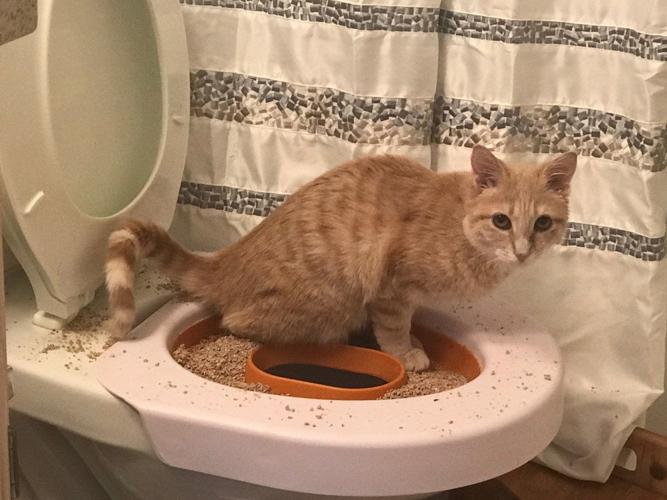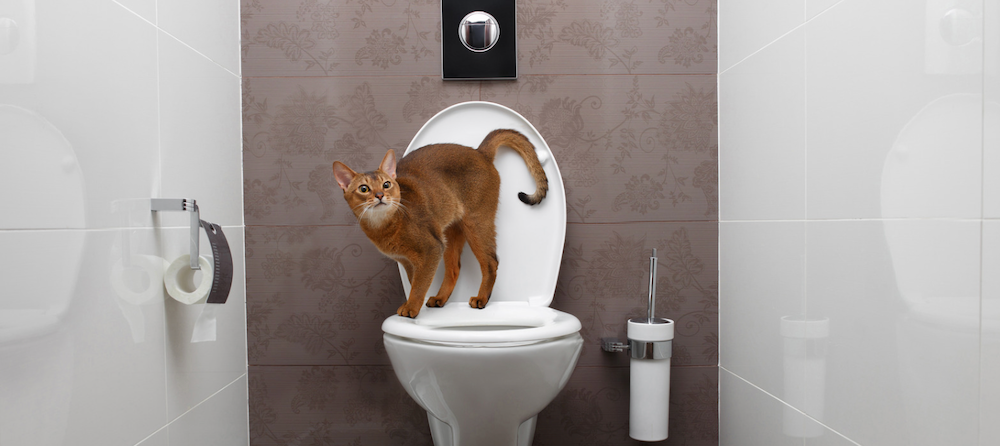Why You Should Never Flush Cat Poop Down Your Toilet - Critical Information
Why You Should Never Flush Cat Poop Down Your Toilet - Critical Information
Blog Article
Are you currently interested in facts and techniques concerning How to Dispose of Cat Poop and Litter Without Plastic Bags?

Introduction
As feline proprietors, it's essential to be mindful of exactly how we get rid of our feline buddies' waste. While it may appear practical to flush cat poop down the toilet, this method can have damaging effects for both the atmosphere and human wellness.
Environmental Impact
Flushing feline poop introduces dangerous microorganisms and bloodsuckers right into the water system, posturing a considerable danger to aquatic ecosystems. These impurities can negatively influence marine life and concession water top quality.
Health Risks
In addition to ecological worries, flushing pet cat waste can additionally posture wellness dangers to human beings. Feline feces might consist of Toxoplasma gondii, a bloodsucker that can create toxoplasmosis-- a possibly serious disease, especially for pregnant females and people with damaged body immune systems.
Alternatives to Flushing
Luckily, there are more secure and extra accountable ways to take care of pet cat poop. Take into consideration the following alternatives:
1. Scoop and Dispose in Trash
The most typical approach of getting rid of pet cat poop is to scoop it right into a naturally degradable bag and throw it in the garbage. Make certain to utilize a specialized litter scoop and dispose of the waste quickly.
2. Use Biodegradable Litter
Go with naturally degradable pet cat clutter made from products such as corn or wheat. These trashes are environmentally friendly and can be securely dealt with in the trash.
3. Bury in the Yard
If you have a lawn, think about hiding feline waste in an assigned location away from veggie gardens and water resources. Make sure to dig deep enough to avoid contamination of groundwater.
4. Install a Pet Waste Disposal System
Buy an animal waste disposal system especially developed for pet cat waste. These systems make use of enzymes to break down the waste, lowering odor and ecological influence.
Conclusion
Accountable pet possession extends beyond offering food and sanctuary-- it also includes correct waste monitoring. By avoiding flushing feline poop down the bathroom and selecting different disposal methods, we can reduce our ecological footprint and protect human health and wellness.
Why Can’t I Flush Cat Poop?
It Spreads a Parasite
Cats are frequently infected with a parasite called toxoplasma gondii. The parasite causes an infection called toxoplasmosis. It is usually harmless to cats. The parasite only uses cat poop as a host for its eggs. Otherwise, the cat’s immune system usually keeps the infection at low enough levels to maintain its own health. But it does not stop the develop of eggs. These eggs are tiny and surprisingly tough. They may survive for a year before they begin to grow. But that’s the problem.
Our wastewater system is not designed to deal with toxoplasmosis eggs. Instead, most eggs will flush from your toilet into sewers and wastewater management plants. After the sewage is treated for many other harmful things in it, it is typically released into local rivers, lakes, or oceans. Here, the toxoplasmosis eggs can find new hosts, including starfish, crabs, otters, and many other wildlife. For many, this is a significant risk to their health. Toxoplasmosis can also end up infecting water sources that are important for agriculture, which means our deer, pigs, and sheep can get infected too.
Is There Risk to Humans?
There can be a risk to human life from flushing cat poop down the toilet. If you do so, the parasites from your cat’s poop can end up in shellfish, game animals, or livestock. If this meat is then served raw or undercooked, the people who eat it can get sick.
In fact, according to the CDC, 40 million people in the United States are infected with toxoplasma gondii. They get it from exposure to infected seafood, or from some kind of cat poop contamination, like drinking from a stream that is contaminated or touching anything that has come into contact with cat poop. That includes just cleaning a cat litter box.
Most people who get infected with these parasites will not develop any symptoms. However, for pregnant women or for those with compromised immune systems, the parasite can cause severe health problems.
How to Handle Cat Poop
The best way to handle cat poop is actually to clean the box more often. The eggs that the parasite sheds will not become active until one to five days after the cat poops. That means that if you clean daily, you’re much less likely to come into direct contact with infectious eggs.
That said, always dispose of cat poop in the garbage and not down the toilet. Wash your hands before and after you clean the litter box, and bring the bag of poop right outside to your garbage bins.
https://trenchlesssolutionsusa.com/why-cant-i-flush-cat-poop/

As an enthusiastic person who reads about Don’t flush cat feces down the toilet, I thought sharing that piece of content was essential. Enjoyed our blog posting? Please share it. Help others check it out. I take joy in reading our article about Can You Flush Cat Poop Down The Toilet?.
See Availability Report this page